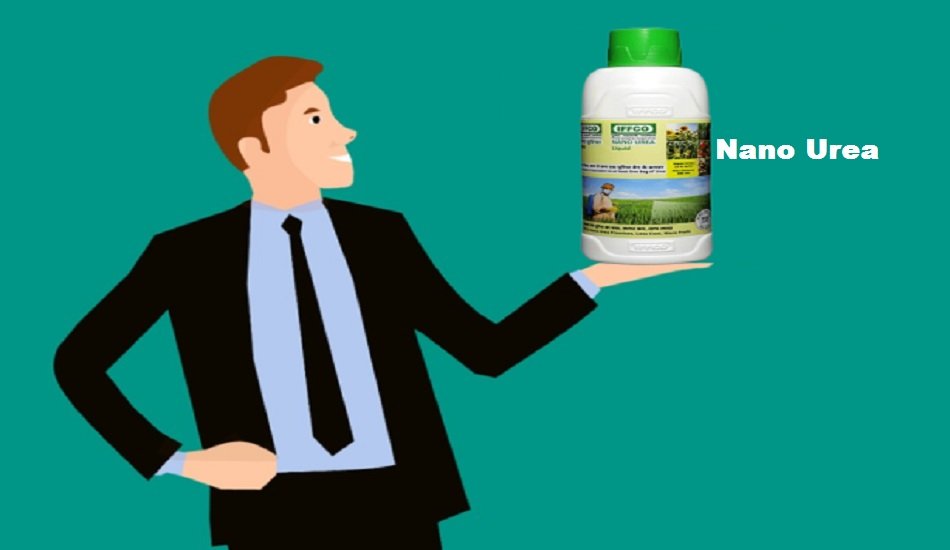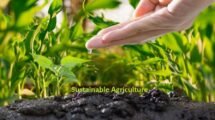Why did the ‘Nano Urea’ inventor opt to make his research available for free? As a young man who might have made a lot of money selling his findings.
Agriculture was only viable four months of the year in the dry region of Kharia Khangar, 90 kilometres from Jodhpur, where Ramesh Raliya, 34, grew up. The rainfed Kharif harvests of millets and legumes were insufficient to feed a family of eight siblings and Raliya’s father.
His mother doubled as a seamstress, trudging barefoot through the mud-baked streets with a sewing machine on her head. A white cement plant township near the village provided her with a steady stream of customers. Her sewing abilities were also useful in reusing fertiliser sacks as school backpacks for her children.
Also Read | Raliya’s ‘Nano Urea’ invention could save India $40 billion in subsidies.
The family’s difficulties could be alleviated only if farming became a year-round endeavour or if harvests increased miraculously. Raliya’s intellect has been preoccupied with these two key topics since boyhood, and they continue to fuel his scientific studies. Only the scope of his concern has expanded from his personal family to destitute farmers in India.
Attracting the attention of the government
Raliya began working on ways to synthesise nanoparticles in 2009 while pursuing his PhD at the Central Arid Zone Research Institute in Jodhpur, which is part of the Indian Council for Agricultural Research (ICAR), and finished its development for industrial use at Washington University in St Louis, US, where he worked as a research scientist in the Department of Energy, Environmental, and Chemical Engineering.
Even in a brief talk, Raliya’s strong sense of civic service and patriotism shine through. Not content with simply licencing nano urea for free, Raliya declined to accept a one-year appointment as adjunct faculty at IIT Delhi‘s Centre for Rural Development and Technology. ‘It is an honour for me to be able to give to our country, thus I will do so at no cost,’ he wrote to the institute.
If nature’s secrets take enormous perseverance in the lab, convincing the government apparatus to use innovation for the public good can be equally difficult. Raliya described his research at Washington University and the benefits it could bring to Indian farmers in a letter to Prime Minister Narendra Modi in 2015.
He stated that he would gladly make it available for free in the public interest. He persisted, and on the third effort, PMO officials invited him to make a presentation to a big gathering of prominent scientists, top officials from the agriculture and fertiliser ministries, and specialists.
Following visits to Raliya’s lab and trial fields in St Louis, the government connected him with the Fertilizer Association of India and several significant private sector enterprises in the Agri and biosciences sectors. Several huge corporations were eager to commercialise nano urea but refused to give him a say in the product price.
As a farmer-owned cooperative, IFFCO told him that it would sell it to farmers at the lowest possible margin. In 2019, Raliya relocated to India, joined IFFCO, and helped establish the first nano urea plant in Kalol, which was opened by the Prime Minister in May 2022.
Also Read | India’s first nano urea plant in Bangalore with investment of ₹350 cr – IFFCO.
For a more promising future
But, as a young man who might have made a lot of money selling his findings, why did Raliya choose to give it up for free? ‘I grew up in a rural household and have witnessed firsthand the hardships of agriculture.’ I was raised to believe that what you do for your country and community is more important than personal ambition. Furthermore, as a scientist, I am not divulging any information. ‘I’m investing in my environment, farmers, and the country,’ Raliya says.
Nano urea is the outcome of one of Raliya’s numerous patents. According to Raliya, his two other patents, one on synthesising nano calcium carbonate, which might be the equivalent of insulin for cancer, and the other on the biosynthesis of nano nitrogen particles from fungus, could have considerably greater commercial and societal implications than nano urea.
(Inputs from a news Agency)


















Add Comment